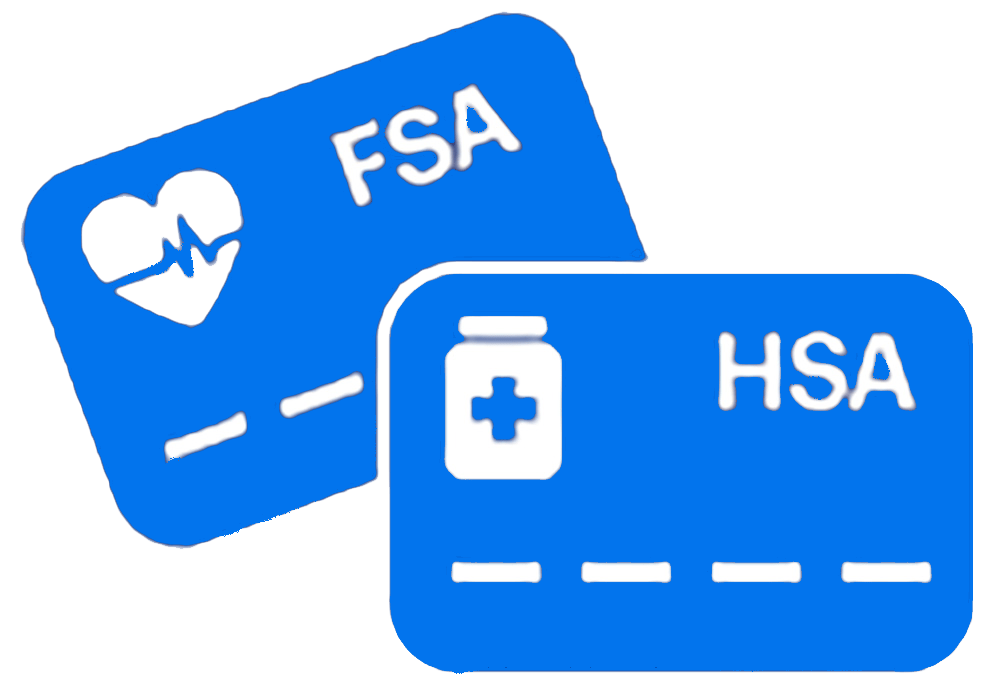Throughout history, various cultures and civilizations have recognized the importance of fluid replenishment for health and vitality. Ancient Egyptians, for example, used to administer intravenous fluids made from wine, milk, and herbal concoctions. They believed that these fluids could restore balance and promote well-being. This early understanding of the benefits of intravenous hydration laid the foundation for future advancements in the field.
Fast forward to the 17th century, when physicians began experimenting with blood transfusions, laying the foundation for intravenous therapy as we know it today. In 1665, the English physician Richard Lower successfully transfused blood from one dog to another, demonstrating the possibility of delivering fluids directly into the bloodstream. This breakthrough opened up new possibilities for medical treatments and paved the way for the development of modern IV hydration therapy.
Evolution of IV hydration therapy
The 19th century marked a significant turning point in the evolution of IV hydration therapy. In 1831, a Scottish physician named Thomas Latta successfully used intravenous fluids to treat cholera patients. His groundbreaking work demonstrated the potential of intravenous therapy in managing severe dehydration and saving lives.
Advancements in medical technology and research continued to propel the evolution of IV hydration therapy. In the early 20th century, the development of glass syringes and needles made it easier to administer fluids intravenously. This led to the widespread use of IV therapy in hospitals for treating various conditions, including dehydration, infections, and nutrient deficiencies.
In the 1960s, the introduction of plastic IV bags and tubing revolutionized the field of IV hydration therapy. These disposable and sterile materials made IV therapy more accessible and reduced the risk of infection. With these advancements, IV hydration therapy became a standard practice in hospitals and medical facilities worldwide.
Benefits of IV hydration therapy
IV hydration therapy offers a range of benefits that make it a popular choice for individuals seeking efficient hydration and nutrient replenishment. One of the main advantages is the rapid absorption of fluids and nutrients directly into the bloodstream. When fluids are ingested orally, they must pass through the digestive system before being absorbed, which can delay their effects. IV hydration bypasses this process, allowing for faster and more effective hydration.
Another benefit of IV hydration therapy is the ability to customize the treatment to meet individual needs. Different formulations can be tailored to address specific deficiencies or conditions. For example, athletes may benefit from IV hydration therapy with added electrolytes to replenish those lost during intense physical activity. Similarly, individuals with vitamin deficiencies can receive IV therapy with high-dose vitamin infusions to restore optimal levels.
IV hydration therapy also provides a convenient solution for those who struggle with oral intake, such as individuals with nausea or difficulty swallowing. By delivering fluids and nutrients directly into the bloodstream, IV therapy ensures that the body receives the necessary hydration and nourishment, even when oral intake is challenging.
Common uses of IV hydration therapy
IV hydration therapy has a wide range of applications in both medical and non-medical settings. In hospitals, IV therapy is commonly used to treat dehydration resulting from illnesses, surgeries, or complications. It is also used to deliver medications and nutrients directly into the bloodstream, ensuring their rapid and efficient absorption.
Outside of the medical field, IV hydration therapy has gained popularity as a wellness treatment. Many wellness centers now offer IV therapy for various purposes, including energy boosts, hangover relief, and immune system support. IV hydration therapy is particularly popular among individuals seeking a quick recovery from a night of excessive drinking, as it can help alleviate hangover symptoms and restore hydration levels.
Athletes and fitness enthusiasts also turn to IV hydration therapy to enhance their performance and aid in recovery. By replenishing fluids, electrolytes, and nutrients lost during intense physical activity, IV therapy can help athletes maintain optimal hydration and support muscle recovery.
How IV hydration therapy works
IV hydration therapy involves the administration of fluids, electrolytes, and nutrients directly into the bloodstream through a vein. The process typically begins with a medical professional inserting a small needle into a vein, usually in the arm. A sterile IV line is then connected to the needle, allowing the fluids to flow directly into the bloodstream.
The specific composition of the IV solution varies depending on the individual’s needs and the purpose of the therapy. Common components include saline solution, electrolytes, vitamins, and minerals. These ingredients are carefully formulated to provide optimal hydration and nourishment.
Once the IV line is in place, the fluids flow into the bloodstream at a controlled rate. The duration of the therapy depends on the individual’s needs and the desired outcome. Some treatments may take as little as 30 minutes, while others may require several hours.
Safety and potential risks of IV hydration therapy
IV hydration therapy is generally considered safe when administered by trained professionals. However, like any medical procedure, it carries some risks and potential side effects. These risks are usually minimal, but it’s essential to be aware of them before undergoing IV therapy.
One potential risk is infection at the site of the IV insertion. To minimize this risk, medical professionals follow strict protocols for sterilization and use disposable materials whenever possible. Additionally, individuals receiving IV therapy should ensure that they disclose any allergies or medical conditions that may increase their risk of complications.
Another potential risk is fluid overload, which occurs when the body receives more fluids than it can handle. This can lead to symptoms such as shortness of breath, swelling, and an increased heart rate. To prevent fluid overload, healthcare providers carefully monitor the rate and volume of fluids administered during IV therapy.
IV hydration therapy vs. oral hydration methods
While oral hydration methods, such as drinking water or sports drinks, are effective for many individuals, IV hydration therapy offers distinct advantages in certain situations. One of the main differences is the speed of hydration. IV therapy delivers fluids directly into the bloodstream, allowing for rapid absorption and hydration. Oral intake, on the other hand, requires fluids to pass through the digestive system before absorption can occur, which can be slower.
Another difference is the ability to deliver precise amounts of fluids and nutrients with IV therapy. In some cases, individuals may struggle to drink or consume enough fluids orally due to illness or other factors. IV hydration therapy ensures that the body receives the necessary hydration and nutrients, even when oral intake is challenging.
However, it’s essential to note that IV hydration therapy is not a substitute for maintaining proper hydration through regular oral intake. Drinking water and staying hydrated throughout the day should still be a priority for overall health and well-being.
IV hydration therapy in the medical field
In the medical field, IV hydration therapy is a valuable tool for managing various conditions and delivering essential medications. It plays a crucial role in treating dehydration resulting from illnesses, surgeries, or complications. IV therapy is also commonly used to administer medications, such as antibiotics, chemotherapy drugs, and pain relief medications, directly into the bloodstream.
In critical care settings, IV hydration therapy is often used to stabilize patients and maintain their fluid and electrolyte balance. It allows healthcare providers to quickly address dehydration and provide the necessary nutrients for optimal recovery.
Outside of traditional medical settings, IV hydration therapy is increasingly being utilized in alternative and holistic health practices. Wellness centers and mobile clinics offer IV therapy for purposes such as immune system support, energy boosts, and detoxification.
Conclusion: The future of IV hydration therapy
IV hydration therapy has come a long way since its ancient origins and continues to evolve as technology and research progress. As the benefits and convenience of IV therapy become more widely recognized, it is likely to become even more prevalent in medical and wellness settings.
In the future, we can expect to see advancements in IV therapy formulations, allowing for even more targeted and personalized treatments. Additionally, ongoing research may uncover new applications and benefits of IV hydration therapy, further expanding its potential in various fields.
Whether you’re seeking to recover from a strenuous workout, boost your immune system, or simply combat dehydration, IV hydration therapy offers a modern solution rooted in ancient wisdom. With its ability to quickly and effectively replenish fluids and essential nutrients, this innovative treatment is changing the way we hydrate and rejuvenate our bodies. From ancient remedies to modern marvels, the journey of IV hydration therapy is a testament to the power of human ingenuity and our ongoing quest for optimal health. Call us at 205-352-9141.










